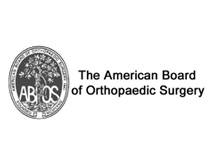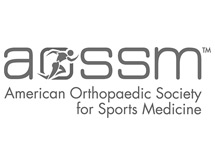Hamstring repair (open and endoscopic)
The three hamstring muscles, namely semitendinosus, semimembranosus and biceps femoris, run down the back of the thigh and help you bend (flex) your knee and extend your leg. Hamstring injuries are common in athletes who participate in sports which involve running such as track, soccer, and basketball.
Injuries to the hamstring group of muscles can range from a minor strain to a complete tear. Avulsion injury occurs when the hamstring muscle tendon completely tears away from the bone. Sometimes, a piece of bone may also be pulled away in an avulsion injury.
Hamstring strain is usually caused when the muscle is stretched beyond its optimum ability. Some of the factors that increase the risk of hamstring strain include tight muscles, muscle fatigue, muscle imbalance, athletic activities, poor running technique and insufficient warm-up.
Patients with hamstring injury will experience a sudden sharp pain in the back of the thigh while running. In case of a muscle tear patients experience a popping or snapping sensation in the back of the thigh. Patients may also notice swelling, bruising and muscle weakness.
The initial treatment consists of rest, ice, compression, and elevation (RICE protocol); all assist in alleviating pain and swelling.
Hamstring avulsion is a serious injury that may require surgery. An avulsion repair may be needed to reattach the torn hamstring tendon back to its normal position. During the tendon avulsion repair, an incision is made on the skin over the attachment of the hamstring tendon to the pelvic bone. The torn end of the hamstring tendon is located and grasped with forceps. Then the hamstring muscles are pulled back to their normal attachment. Your surgeon will cut away any scar tissue surrounding the hamstring tendon. The ischial tuberosity, the point of origin of hamstring muscles, is prepared using an instrument called a bur. Then the tendon is reattached to the bone using staples or stitches.
If there is a complete tear within the muscle, an incision is made over the back of your thigh and the torn ends are reattached using sutures.
The hamstring repair may also be performed using a minimally invasive endoscopic procedure through small key hole incisions.
After surgery, you may need to use crutches and possibly a brace to protect your repair and keep it in a relaxed position. Your doctor will advise physical therapy, involving gentle stretching exercises, to restore normal function. Rehabilitation period of at least 3 to 6 months may be needed before returning to athletic activities.










